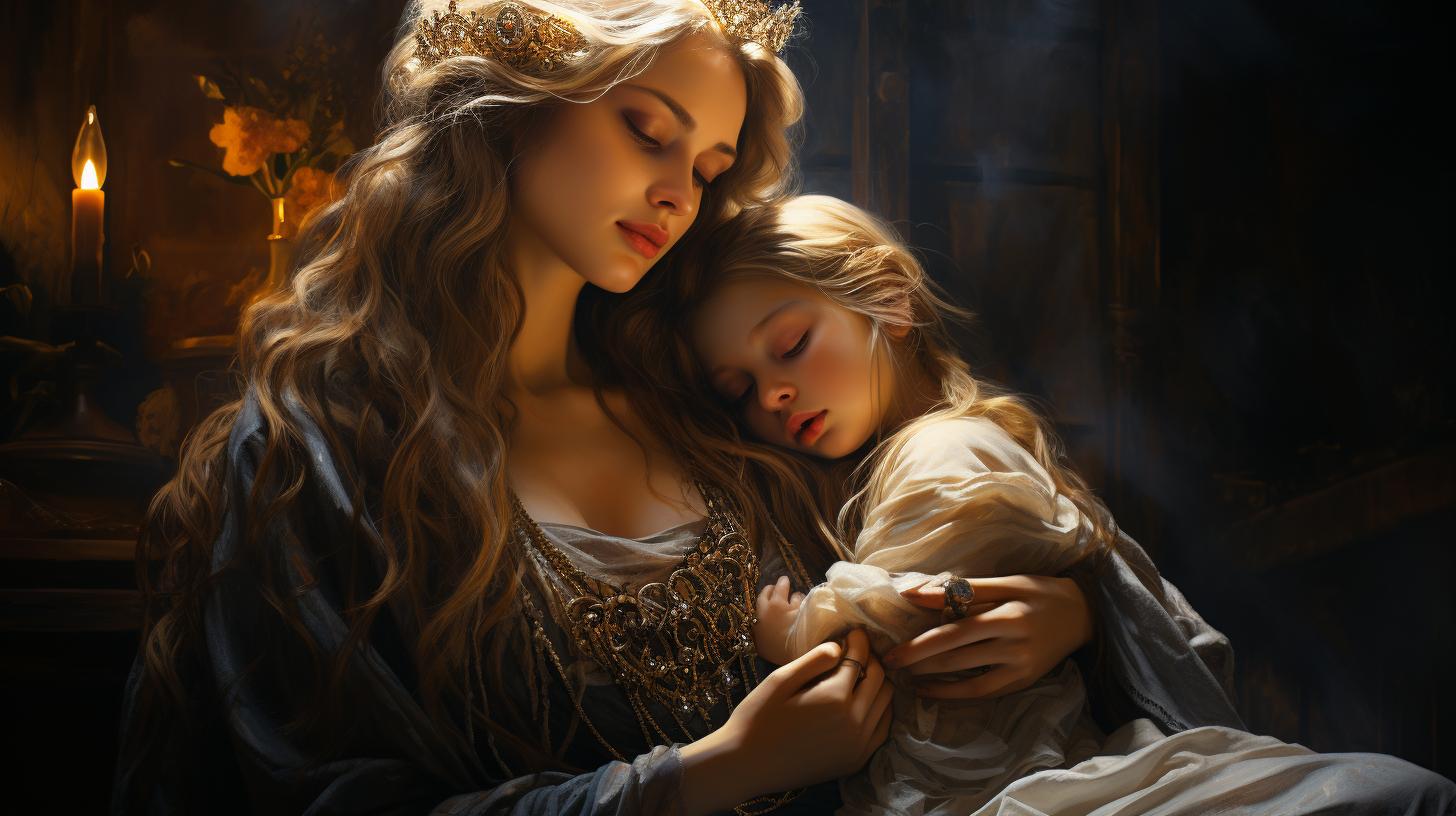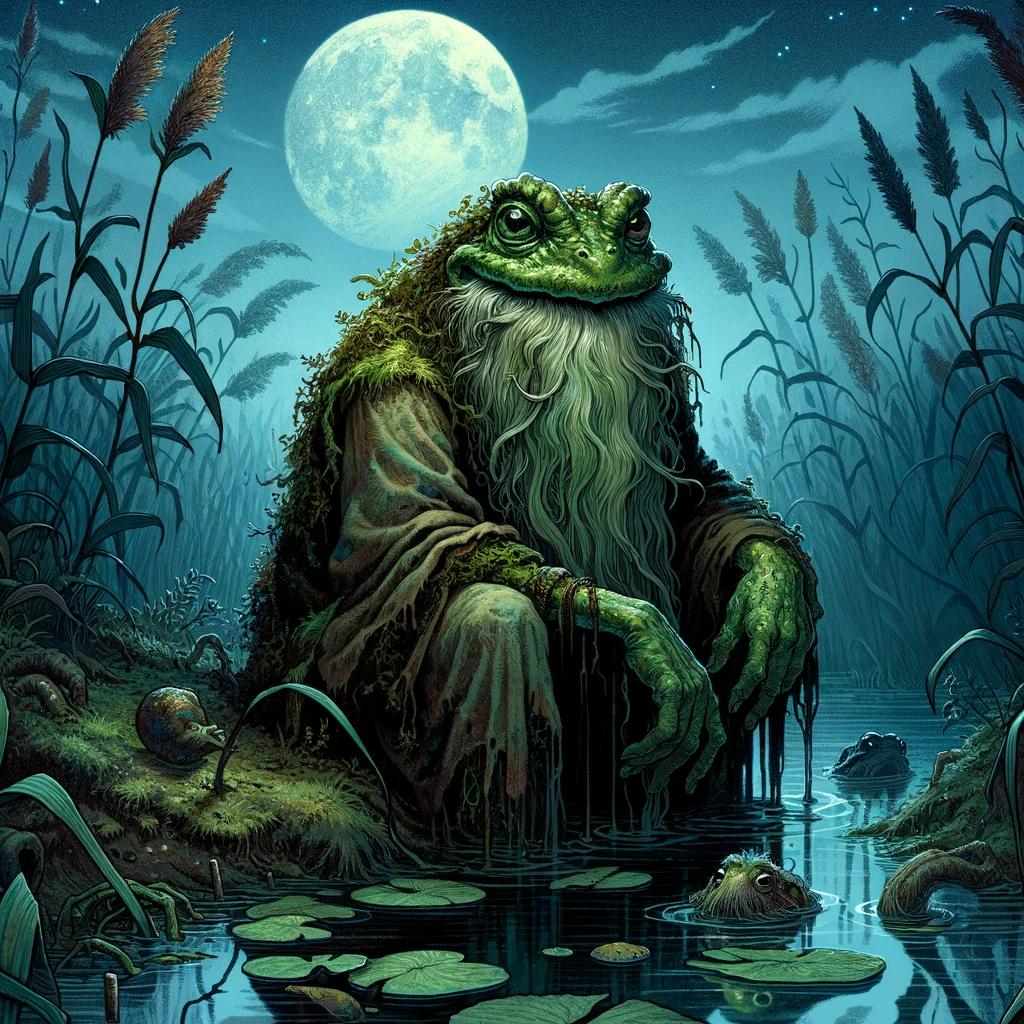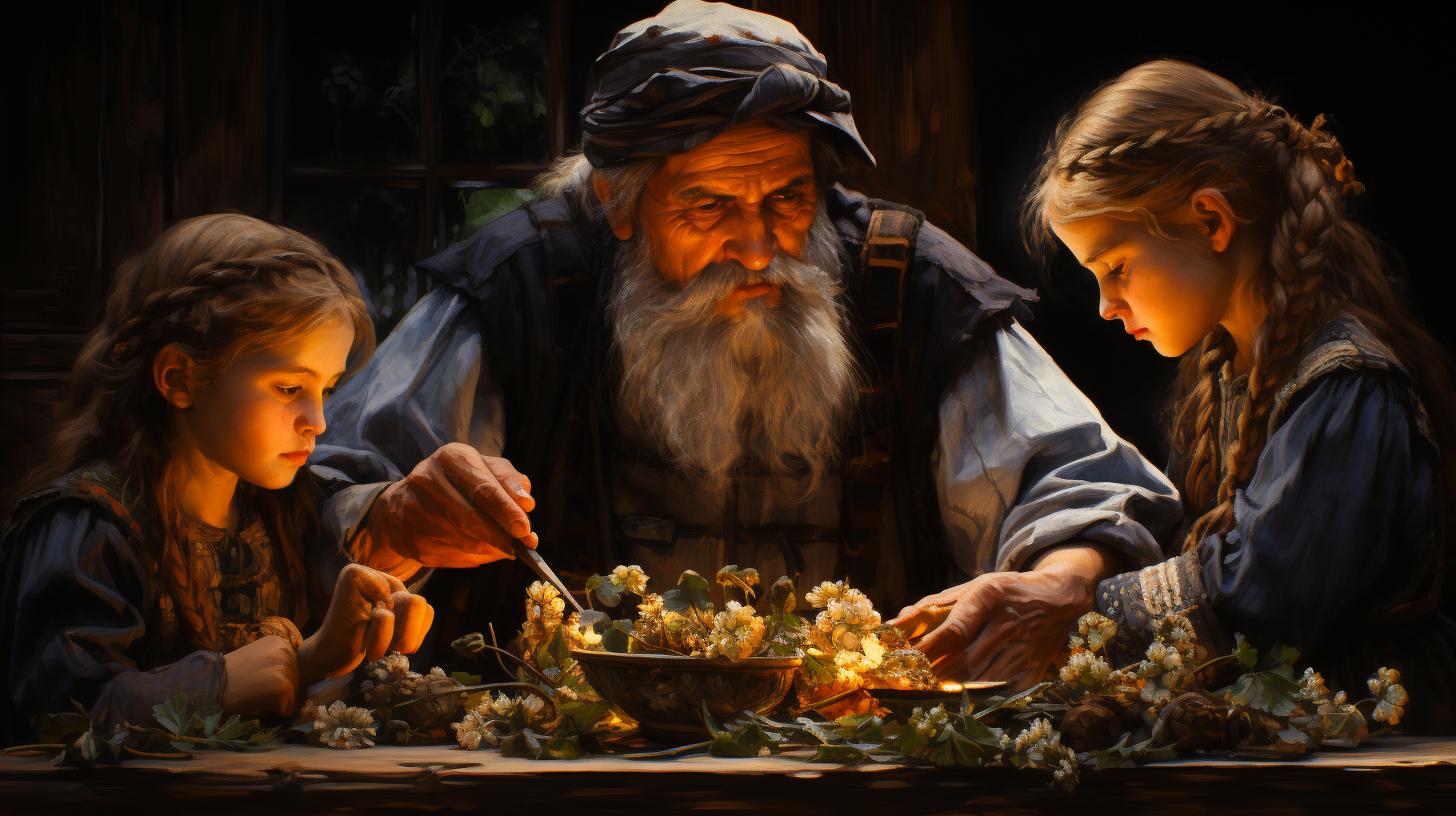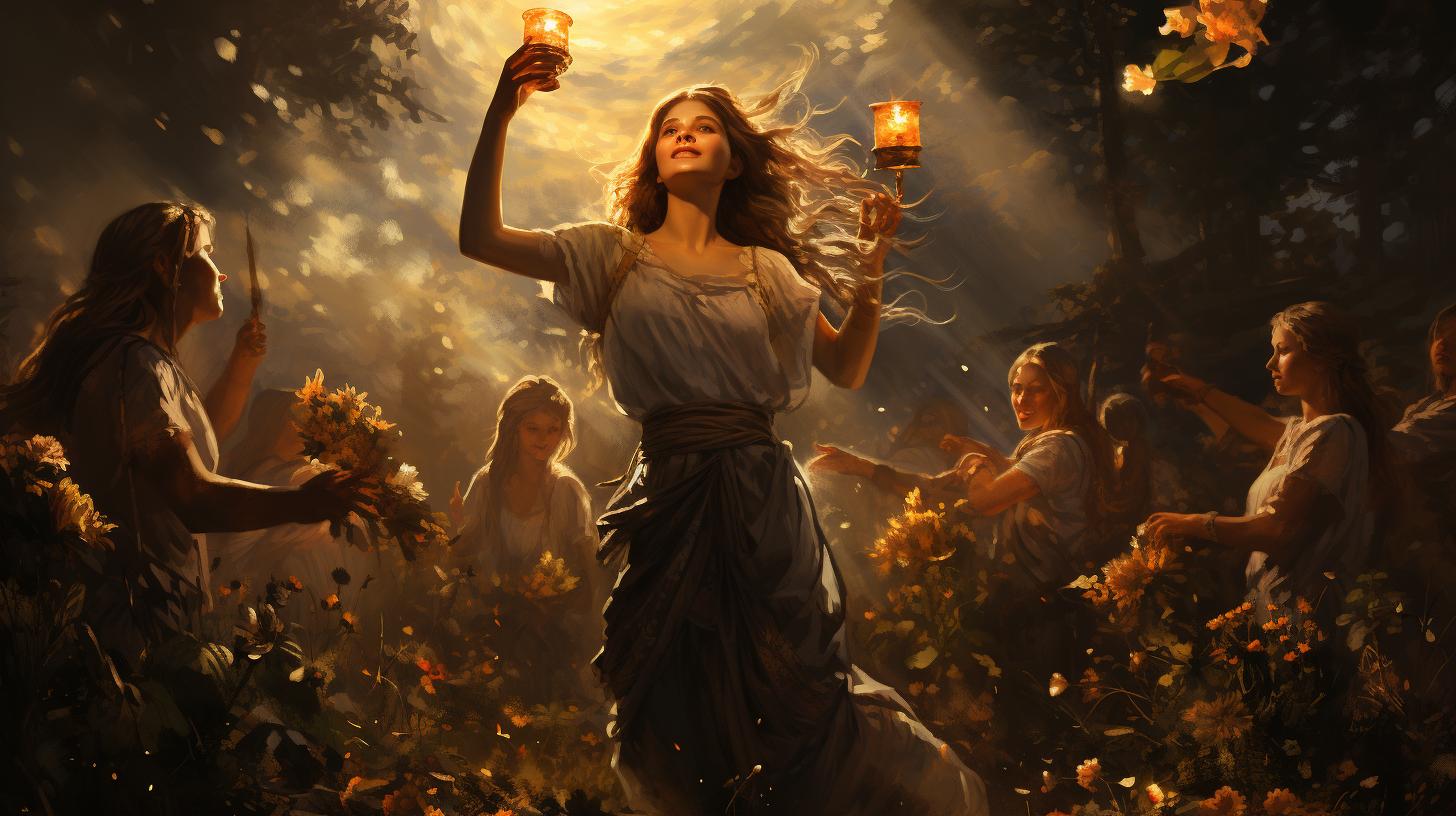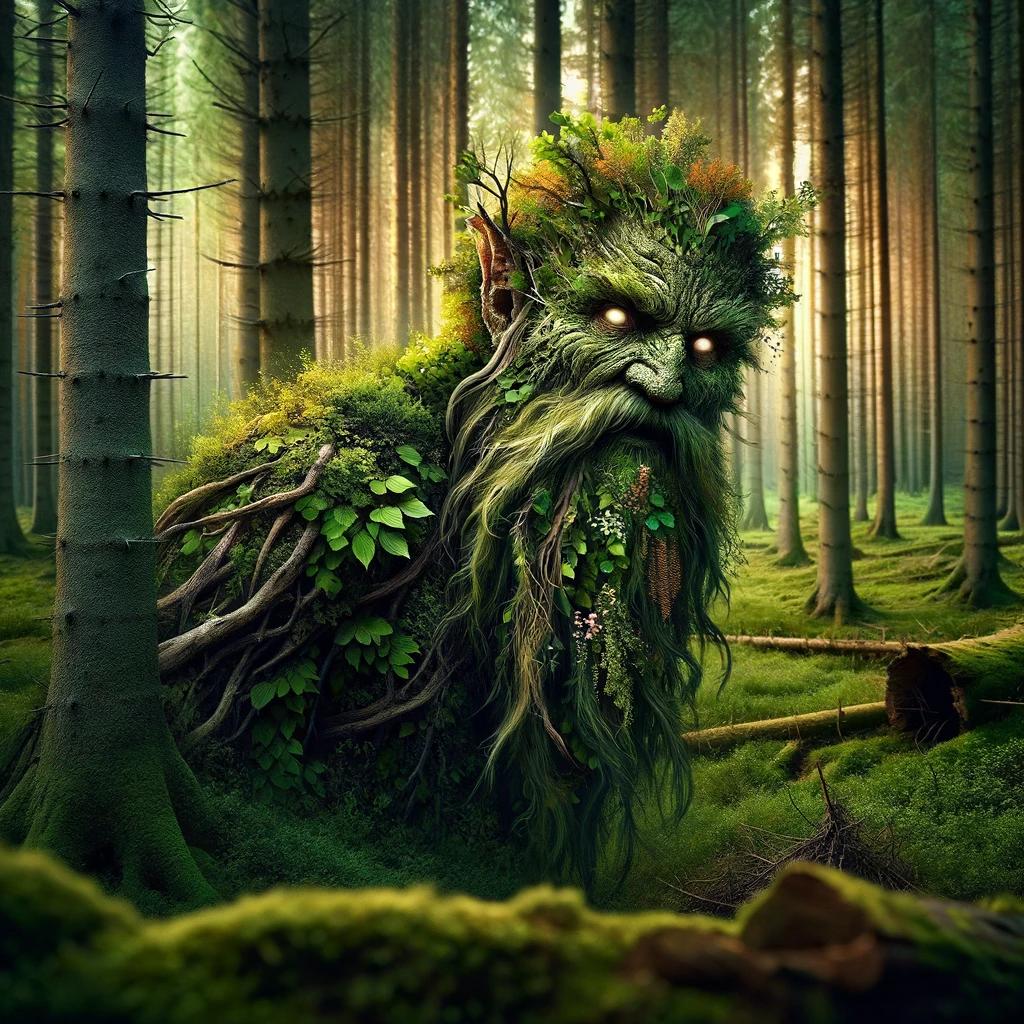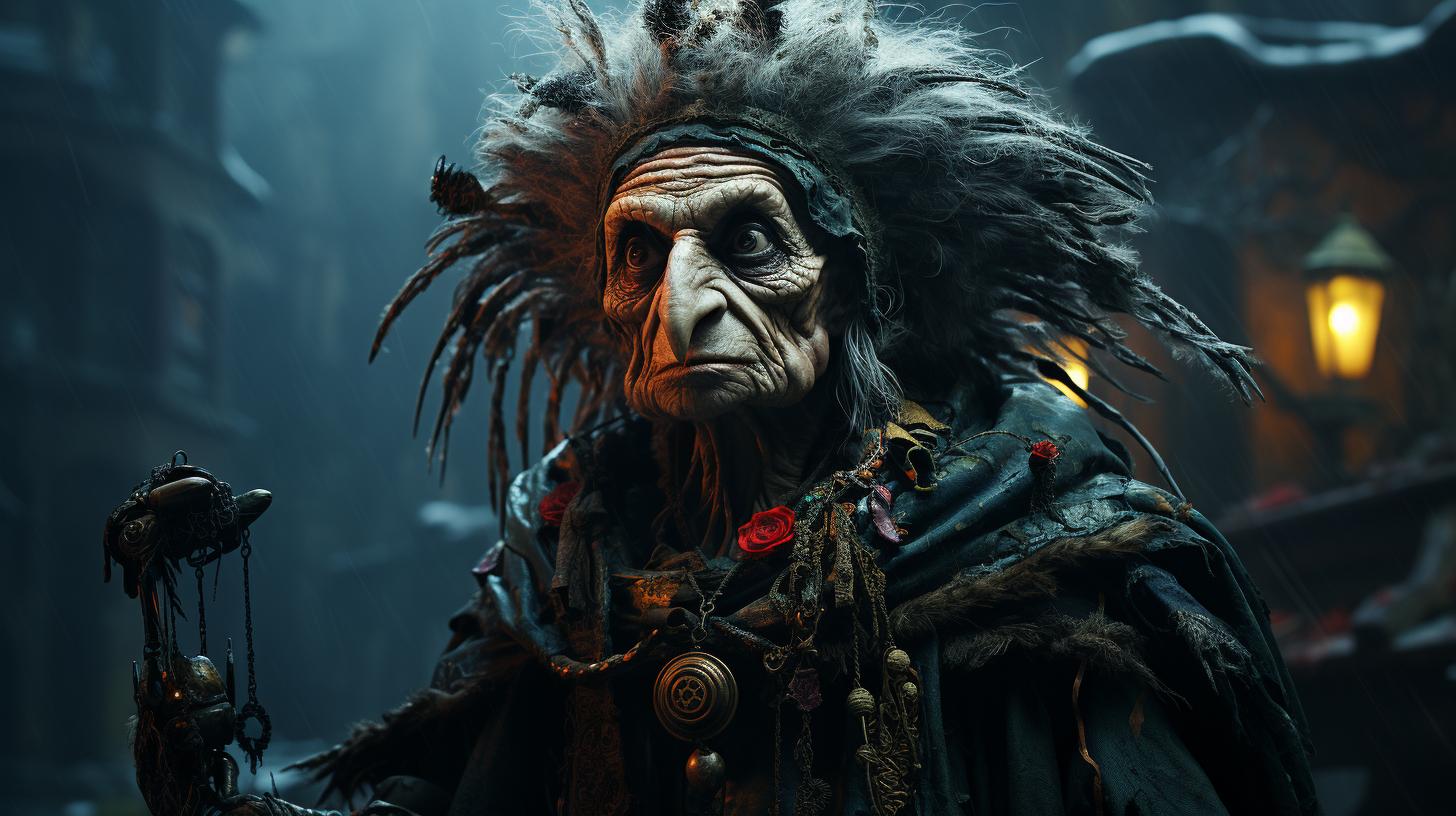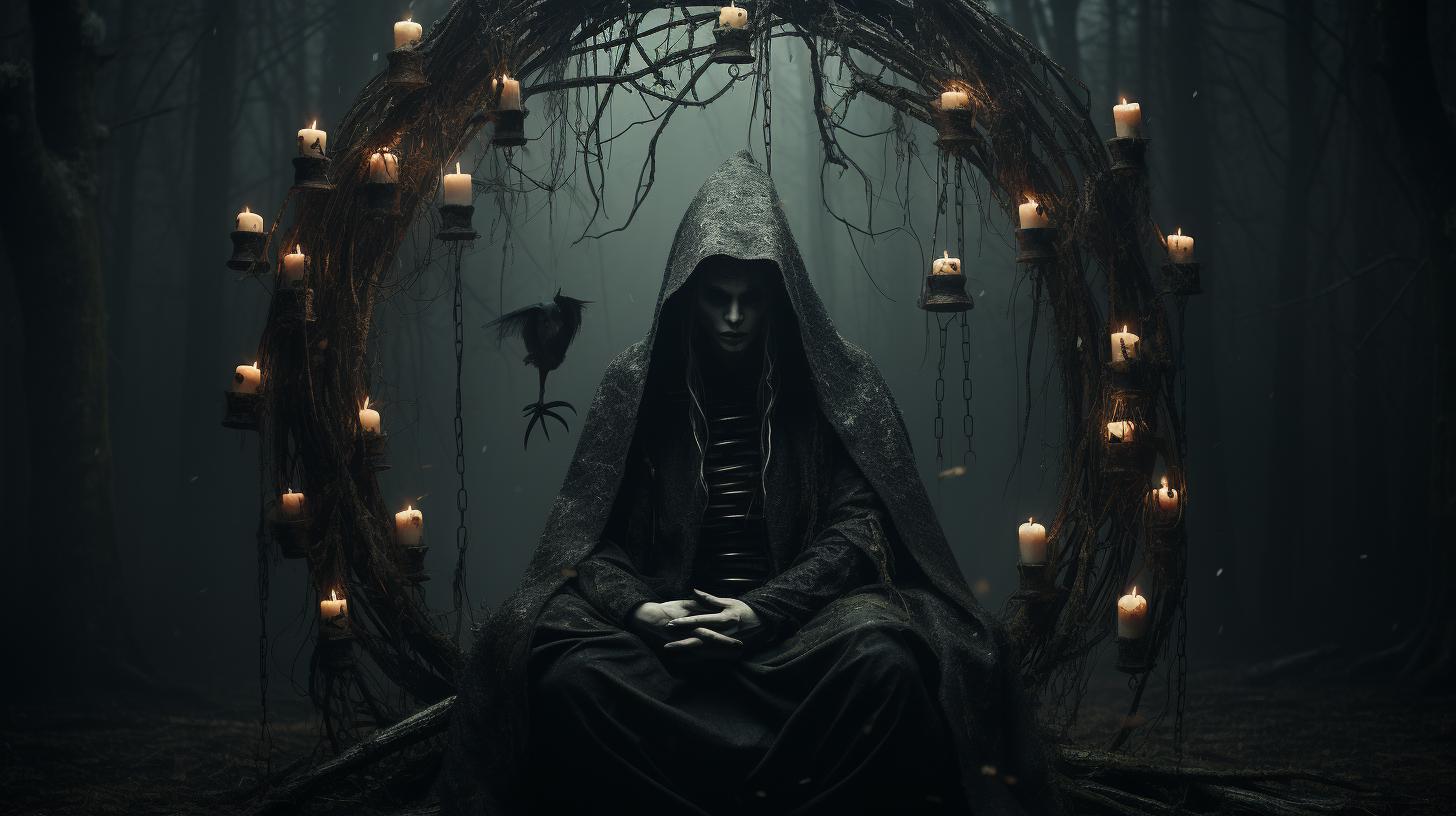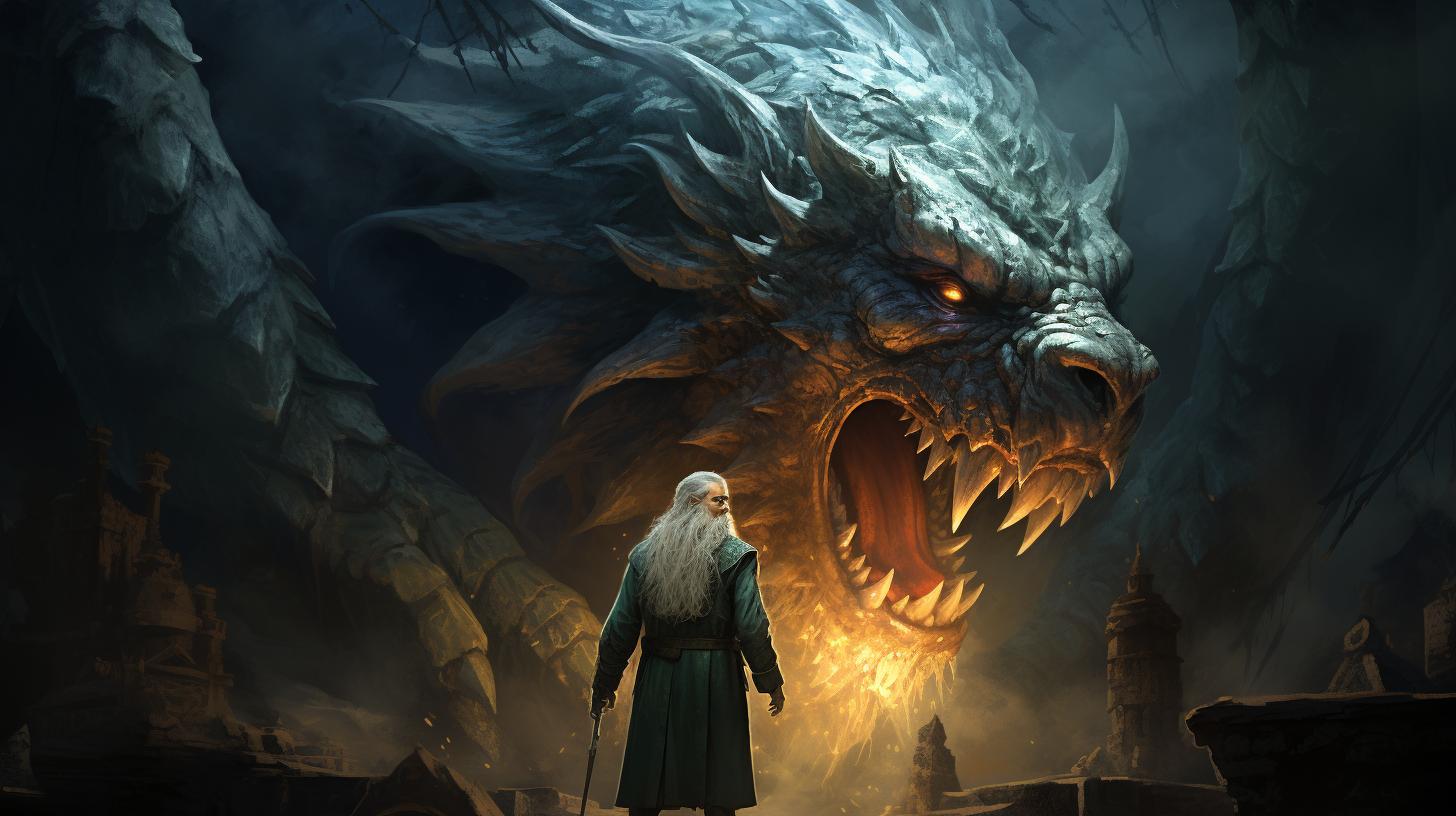Discover the Enigmatic and Intriguing Slavic Mythology Rusalka Story
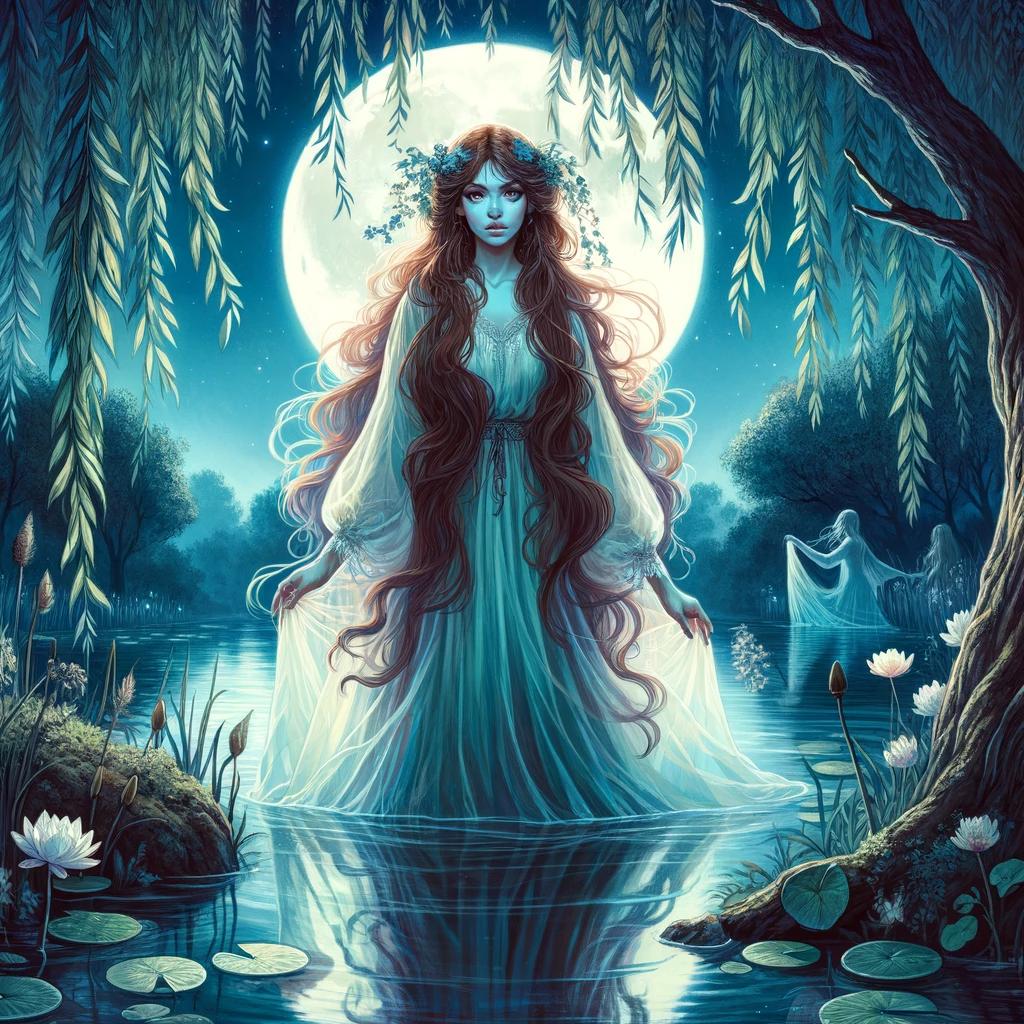
Slavic mythology holds a captivating tale of the Rusalka, an enigmatic entity that has evolved over time. Originally seen as benevolent beings associated with fertility, these creatures would emerge from water in spring to nourish the fields.
However, a shift in perception occurred in the 19th century, portraying Rusalki as dangerous and disturbed spirits. Believed to be connected to prematurely deceased women, their appearance varied by region. The opera ‘Rusalka’ by Antonín Dvořák explores this mythology, featuring characters like Rusalka, Vodyanoy, and Ježibaba.
Art and popular culture have also embraced the Rusalka, reflecting the complex relationship between myth and gender in Russia.
The Origins of Rusalka in Slavic Mythology
The Rusalka holds deep roots in Slavic folklore, embodying a complex and intriguing presence. This section delves into the origins, evolution, and various cultural depictions of the Rusalka myth.
The Role of Rusalka in Slavic Folklore
Within Slavic folklore, the Rusalka played a significant role as a benevolent entity associated with fertility.
The pagans believed that Rusalki emerged from the water during springtime, bringing moisture to the fields and aiding in crop growth. They were revered for their vital connection to nature and their ability to nurture the earth’s abundance.
Evolution of the Rusalka Myth throughout History
Over time, the perception of Rusalki underwent a substantial transformation. In the 19th century, they became regarded as dangerous and disturbed beings associated with impure spirits. This change in perception aligned with the belief that Rusalki were the restless souls of women who had met premature and unnatural deaths, often through suicide or murder.
Diverse Cultural Depictions of Rusalka
Descriptions of Rusalki’s appearance varied across different Russian regions. Some beliefs portrayed Rusalki as pale, green-haired little girls with long arms. These diverse cultural depictions highlight the widespread nature of the Rusalka myth within Slavic society and its notable influence on artistic expression.
Characteristics and Legends Surrounding Rusalka
Discover the intriguing characteristics and legends that surround the enigmatic Rusalka. From their appearance and attributes to their strong connection to water and nature, explore the fascinating lore surrounding these mythical beings.
Rusalka’s Appearance and Attributes
Rusalka is often described in various ways across different regions. In some Russian beliefs, they were described as pale, green-haired girls with long arms. Their ethereal beauty and mysterious aura captured the imagination and inspired countless artistic representations.
Rusalka’s Connection to Water and Nature
Rusalka’s deep connection to water and nature is a fundamental aspect of their mythology. As water nymphs, they dwell in rivers, lakes, and springs, embodying the power and allure of these natural elements.
Their presence is believed to breathe life into the surroundings, particularly during springtime.
Legends of Rusalka’s Tragic Fate and Death
Many legends depict Rusalka as women who met untimely and unnatural deaths, often through suicide or murder. It is believed that their tragic fate transforms them into restless spirits. These stories reflect the darker side of their nature, associating them with impure spirits and cautioning against contact with them.
Rusalka Week: Rituals and Beliefs
The celebration of Rusalka Week holds great significance in Slavic tradition, marking the arrival of summer and the presence of these mystical entities. This section explores the rituals and beliefs associated with this festive period, providing insight into the customs and taboos surrounding Rusalka.
Significance of the Rusalka Week in Slavic Tradition
Rusalka Week is deeply rooted in Slavic culture, symbolizing the transition from spring to summer and the awakening of nature’s fertility. It is believed that during this week, Rusalki emerge from bodies of water, and communities partake in various rituals to appease these powerful spirits.
Festivities and Rituals During the Rusalka Week
Throughout Rusalka Week, communities engage in festive celebrations, often near lakes, rivers, or wells. These gatherings consist of music, dancing, and elaborate ceremonies aimed at both honoring and protecting against the influence of Rusalki.
People adorn themselves with garlands made of flowers and herbs, sing traditional songs, and perform ancient dances.
The most significant ritual is the cleansing and purifying of water sources to ensure their sanctity.
This involves decorating wells and springs with flowers and offering gifts to the Rusalki. Additionally, individuals may participate in the symbolic act of jumping over bonfires, believed to cleanse and ward off any potential harm from the spirits.
Superstitions and Taboos Associated with Rusalka Week
Rusalka Week is accompanied by a range of superstitions and taboos. It is believed that swimming or entering bodies of water during this time is highly dangerous, as the Rusalki are said to drag individuals down into their watery realms.
Consequently, swimming and even washing clothes are strictly avoided.
Furthermore, engaging in romantic relationships or marriages during Rusalka Week is considered ill-fated and brings bad luck. Many also steer clear of marrying on Fridays, as it is believed that the Rusalki have particular influence on this day.
These superstitions reflect the fear and respect that Rusalki command, emphasizing the necessity of adhering to traditions and cautionary practices during this enchanting but treacherous week.
Rusalka in Literature, Music, and Art
Rusalka, a captivating figure from Slavic mythology, has left a profound influence on various artistic forms, including literature, music, and visual art.
Let’s delve into the enchanting world of Rusalka by exploring her depictions in Russian and Slavic literature, her influence in classical music, particularly in Dvořák’s opera, and the artistic representations of Rusalka in paintings and sculptures.
Depictions of Rusalka in Russian and Slavic Literature
Russian and Slavic literature have captured the mystique of Rusalka through a multitude of narratives. Writers have brought forth the haunting beauty and tragic fate of Rusalka, generating captivating tales that explore themes of love, nature, and the supernatural.
Notable works include…
- Novel 1 by Author A
- Novel 2 by Author B
- Novel 3 by Author C
Rusalka’s Influence in Classical Music, particularly in Dvořák’s Opera
The allure of Rusalka has resonated deeply within the realm of classical music, with Antonín Dvořák’s opera serving as a prominent example. Dvořák’s masterpiece, also titled “Rusalka,” brings the mythological character to life through soaring melodies, evocative orchestrations, and powerful vocal performances.
This opera has captured the hearts of audiences with its exploration of longing, loss, and the complexities of human emotions.
Artistic Representations of Rusalka in Paintings and Sculptures
The ethereal image of Rusalka has inspired countless artists to create visually stunning representations through paintings and sculptures. These artistic renditions capture the enigmatic beauty and melancholic essence of Rusalka. From delicate watercolor paintings to intricate sculptures, artists have depicted Rusalka in various forms, each conveying a unique interpretation of her persona.
Exploring the Symbolism and Meaning of Rusalka
Within Slavic mythology, Rusalka holds deep symbolic significance, offering insights into the complexities of femininity and the duality of women. The tales surrounding Rusalka’s existence also reveal profound connections to themes of love, lust, betrayal, and even mortality, lending themselves to interpretation as metaphors for the afterlife.
Rusalka as a Symbol of Femininity and the Duality of Women
- Representing both the allure and danger of female power, Rusalka embodies the delicate balance between beauty, enchantment, and the potential for destruction.
- Her transformation from a benevolent fertility spirit to a malevolent entity reflects the complex nature of femininity, showcasing both nurturing and vengeful aspects.
- Rusalka’s presence serves as a reminder of the inherent contradictions within women, navigating between innocence and sensuality, caring and vengefulness.
Connection between Rusalka and Themes of Love, Lust, and Betrayal
- Rusalka’s tales often intertwine with motifs of forbidden love, unrequited desires, and the consequences of crossing boundaries.
- The allure of Rusalka’s beauty often enraptures unsuspecting individuals, leading to tragic affairs and shattered promises.
- At the heart of Rusalka’s stories lies the exploration of the turbulences of passion, highlighting the consequences of succumbing to inner desires and the ramifications of betraying trust.
Interpreting Rusalka as a Metaphor for Death and the Afterlife
- Amidst Rusalka’s tragic fate lies the potential for a deeper metaphorical interpretation, resonating with notions of death, rebirth, and the divide between earthly existence and the spiritual realm.
- Her transformation into a spirit of death after the rejection by her beloved suggests an exploration of themes such as loss, longing, and the inevitability of mortality.
- Rusalka’s presence in folklore and art invites contemplation on the cyclical nature of life and the transcendent journey from one plane of existence to another, embodying the transformative power of death and the afterlife.
Rusalka Legends and Folklore in Modern Culture
Rusalka, the enigmatic and fascinating figure from Slavic mythology, continues to captivate modern culture in various forms.
From film and television to scholarly studies and its impact on tourism and cultural heritage, the influence of Rusalka can be seen and felt in numerous aspects of contemporary society.
Rusalka’s Influence in Contemporary Film and Television
Rusalka’s mesmerizing tales have inspired filmmakers and television creators to explore her mythology and incorporate it into their storytelling.
From haunting horror movies to mystical fantasy series, Rusalka has become a popular subject for cinematic and small-screen adaptations. These visual media platforms provide a fresh perspective on Rusalka’s lore, expanding her reach to wider audiences and bringing her intriguing stories to life.
Online Resources and Scholarly Studies on Rusalka Mythology
The digital age has brought about a wealth of information and research opportunities, allowing scholars and enthusiasts to delve deeper into the intricacies of Rusalka mythology. Online resources, forums, and academic studies provide a platform for in-depth explorations of the origins, symbolism, and cultural significance of Rusalka.
These valuable resources contribute to a better understanding of Rusalka’s place in Slavic folklore and its impact on broader mythological traditions.
Impact of Rusalka Legends on Tourism and Cultural Heritage
Rusalka’s captivating mythology has not only found its place in artistic and academic realms but has also left its mark on tourism and cultural heritage. In regions where Rusalka legends originated, such as Slavic countries or areas with Slavic heritage, cultural tourism has embraced the allure of these mystical entities.
Local festivals, guided tours, and museums dedicated to Rusalka attract visitors eager to immerse themselves in the rich tapestry of Slavic mythology and folklore.
As we venture further into the 21st century, the influence of Rusalka in contemporary film and television, the growth of online resources and scholarly studies, and the impact on tourism and cultural heritage continue to celebrate and preserve the enduring legacy of this mesmerizing Slavic mythological figure.
.











